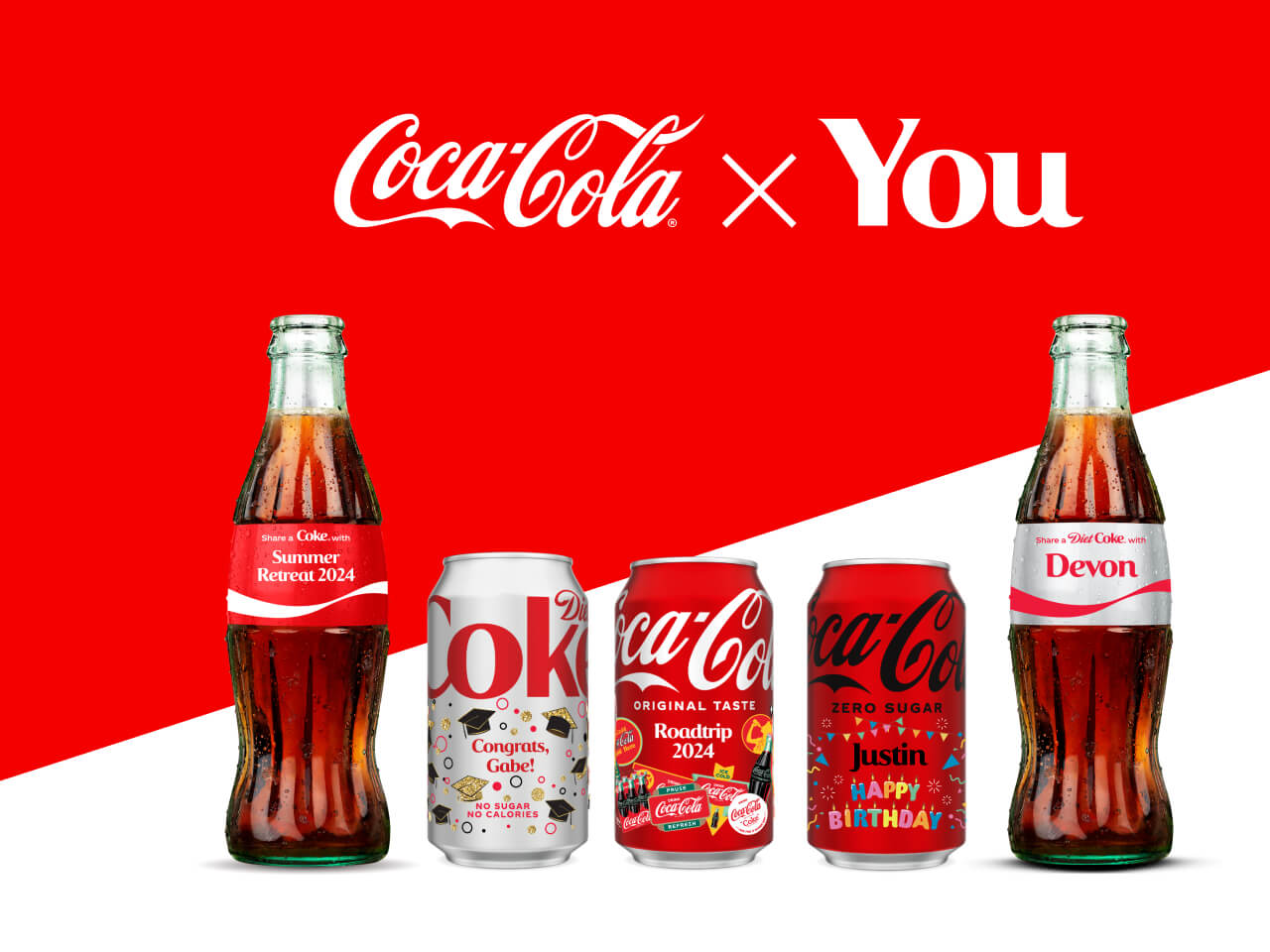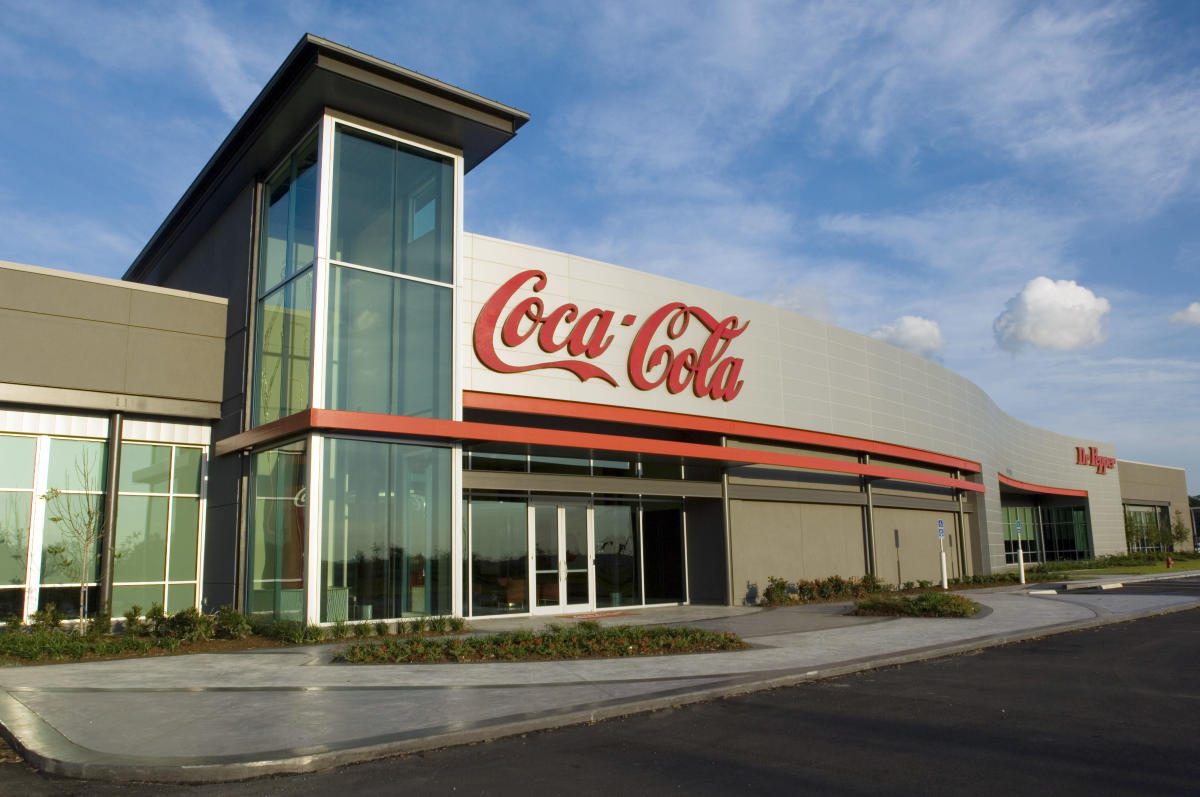Last Wednesday, Coca-Cola announced its Q3 results, with revenue and earnings surpassing analysts’ expectations, thanks to price hikes that offset weakening demand. However, the company’s stock fell by 2% in morning trading, reflecting investor concerns over the slowdown in consumer demand.
Here's ads banner inside a post
Here are the figures Coca-Cola reported compared to Wall Street expectations, based on a survey of analysts by LSEG:
- Earnings per share: 77 cents adjusted vs. 74 cents expected.
- Revenue: $11.95 billion adjusted vs. $11.60 billion expected.
Coca-Cola reported Q3 net income attributable to shareholders of $2.85 billion, or 66 cents per share, down from $3.09 billion, or 71 cents per share, in the same period last year. After excluding certain items, the company earned 77 cents per share.
Adjusted net sales reached $11.95 billion, almost flat compared to last year. However, the company’s organic revenue, which excludes the impact of acquisitions, divestitures, and currency fluctuations, increased by 9% during the quarter.
Here's ads banner inside a post
Unit case volume decreased by 1% during the quarter, primarily driven by weakening demand in some international markets. This metric strips out the impact of pricing and currency fluctuations to reflect actual consumer demand. Consumer companies, including Coca-Cola, have recently reported that customers are becoming more price-sensitive, leading to sluggish demand for their products as prices remain high.
James Quincey, CEO of Coca-Cola, stated during the company’s earnings call that some customers are exhibiting “value-seeking behavior.” This trend includes buying fewer packs of Coca-Cola products or opting for smaller-sized drinks at fast-food restaurants.
Despite this, Coca-Cola has outperformed its competitor PepsiCo in recent quarters. PepsiCo has faced the fallout from Quaker Foods product recalls and a decline in American consumer eating and drinking habits. Pepsi reported a 3% decline in its North American beverage volume in Q3, particularly due to weaker demand for energy drinks.
Here's ads banner inside a post
Coca-Cola’s unit case volume in North America remained flat this quarter. Declining demand for its water, sports drinks, coffee, and tea products was offset by growth in its core offerings, such as sodas, juices, dairy, and plant-based beverages. Premium products, like Fairlife milk and Topo Chico seltzers, continued to perform well, despite their higher price points.
However, unit case volume dropped by 2% in both the Europe, Middle East, and Africa and Asia-Pacific regions. The company specifically noted declines in China and Turkey. Similar to North America, Latin America reported flat volume.
Globally, unit case volume for Coca-Cola’s sparkling soft drinks, including Sprite and the flagship Coca-Cola soda, remained unchanged for the quarter. However, volume for its juice, dairy, and plant-based beverages declined by 3%, while its water, sports drinks, coffee, and tea segment saw a 4% drop, primarily driven by a 6% decrease in bottled water sales.
Coca-Cola reported that its pricing rose by 10%. About 4% of that increase came from markets with high inflation, such as Argentina, while the rest resulted from price hikes and customers trading up to premium options.
Quincey added, “We are heading towards a more normalized pricing level going into next year, aligning with the Consumer Price Index (CPI).” He also mentioned that the company will continue to carefully invest in affordable options and premium offerings.
For 2024, Coca-Cola projects organic revenue growth of roughly 10%, the high end of its previous range of 9-10%. The company also reaffirmed that earnings per share would increase by 5-6%.
Coca-Cola will provide its full outlook for 2025 when it reports Q4 results. However, the company has already predicted that exchange rates will negatively impact its financial results next year, with a slight impact on revenue and a moderate impact on earnings per share.
What do you think of Coca-Cola’s Q3 results? Can the company sustain its growth amid slowing demand and more price-sensitive consumers? Share your thoughts!


